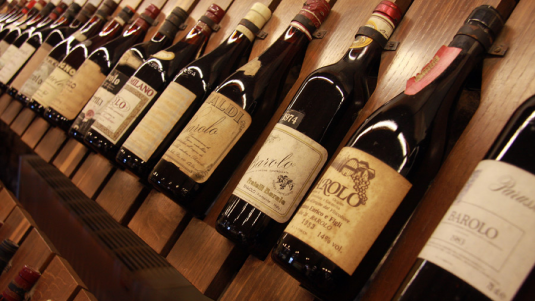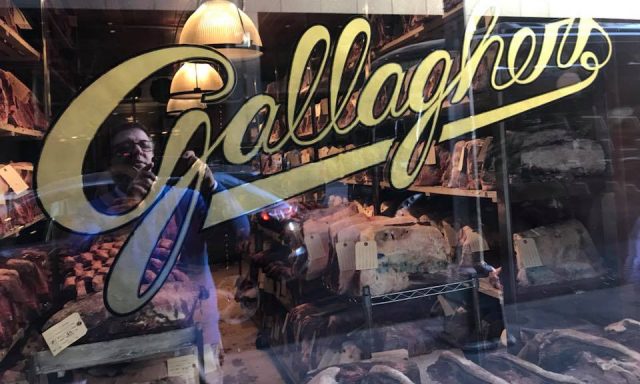A forgotten revolution (2)

Not all was lost from the great revolution we wrote about yesterday. Better management of vineyards has led to lower yields and greater attention is now paid to the pruning of leaves, while there is today a greater acceptance of the fact that barrels need to be clean and not too old, even the larger ones, and it is best if malolactic fermentation occurs swiftly. The more interesting aspects of the revolution that have been lost include conserving the aromas of Nebbiolo even when the wines age, utilizing the lees in fermentation and aging and paying attention to the quality of the polyphenolic properties.
The reasons why all this was lost are many. Some producers were put off by the precocious decline of the aromas in some of the ‘revolutionary’ wines, which were not just those of the Barolo Brothers because others copied their style, more to be trendy than out of conviction. A key factor in the revolution’s decline was vintage 1990.
To tell the truth, many Barolo wines that were not ‘innovative’ that year had the same problems but were not criticized for this for a simple reason: their aroma was more evolved from the beginning and the defects were not noted until the wines aged. The whole innovative movement, however, came under attack and was condemned by traditional producers.
To be honest, there were in some cases exaggerated uses of small barrels, including the great Valentino Migliorini’s 180-liter cigarillo casks, but this was resolved through experience and over time. Strange as it may seem, the ones who benefitted the most from the revolutionary ideas were some of the historic producers with the new generation understood the need to make improvements in the vineyard and changes in fermentation and maceration in order to obtain wine with a fuller aroma and better tannins. Nevertheless, despite this there are still many, too many, Barolo and Barbaresco that have aromas of stewed prunes, medicinal herbs, hay and dried flowers, all the product of early aging and poor taste that many critics define as traditional and not as examples of a lack of awareness and bad winemaking. These aromas are common to many, badly made reds that with age tend to all seem alike, standardized without any terroir/grape distinction. These same wines have aggressive tannins that will never evolve in the bottle, even if their producers have the conviction/hope this will happen even if there absolutely no possibility of it taking place. What usually occurs is that the tannins, not being stable, decompose and settle at the bottom of the bottle and deprive the wine of its color and while they may no longer be aggressive, the tannins are more simple, but then age seems to justify anything.
All this was in my mind and senses at this tasting, as well as many others. There were some excellent Nebbiolo wines, an indication that some producers have not forgotten and have, in fact, understood the revolution and done so without falling into an ideological trap or certain excesses of youth. Others, unfortunately, did not learn the revolution’s important lessons and the prospects they opened, preferring to make wine “the way my grandfather did”. For better or worse.

 Italiano
Italiano








